
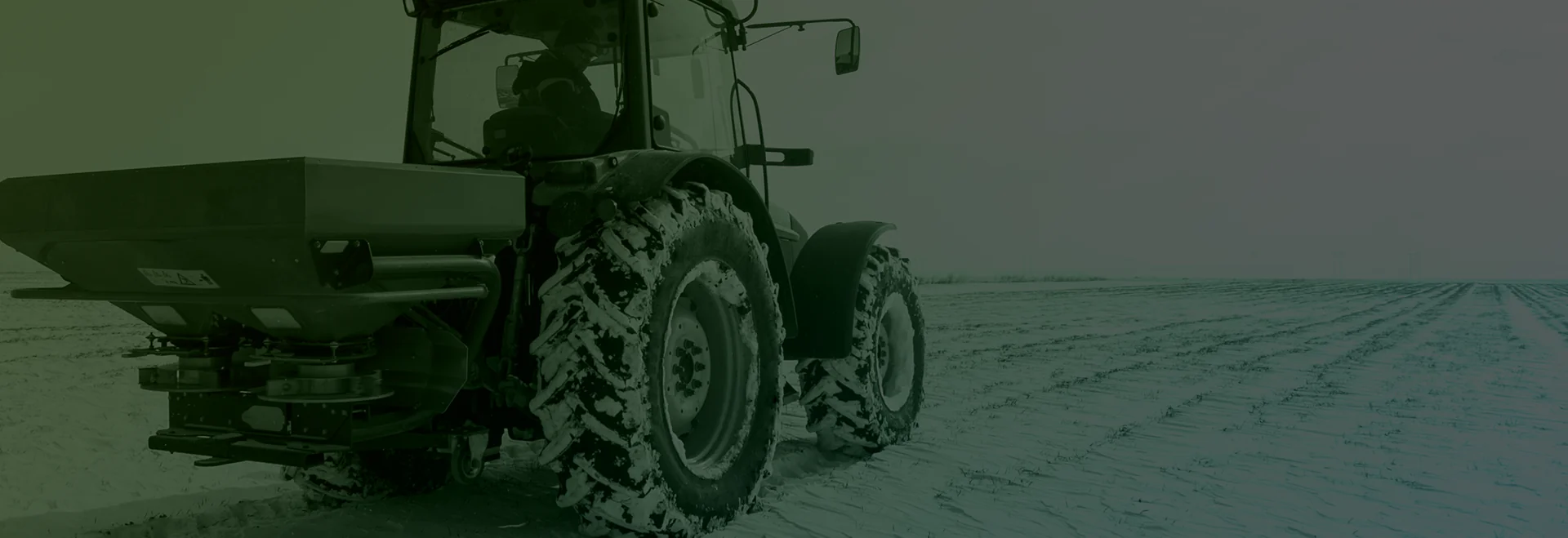
Winter might seem like a time to take a breather, but for crop advisors and growers dealing with tar spot, it’s the perfect season to strategize for the future. This fungal disease, caused by Phyllachora maydis, is a serious threat to corn crops and has become a growing concern across the Midwest. The good news? The off-season offers a golden opportunity to get ahead. Let’s dive into what tar spot is and how you can tackle it before spring.
Marked by those telltale black, tar-like spots on leaves, tar spot loves cool, wet conditions, thriving in late summer and fall. But don’t be fooled—it doesn’t disappear when winter hits. The fungus overwinters on infected crop residue, waiting for the right conditions to make a comeback.
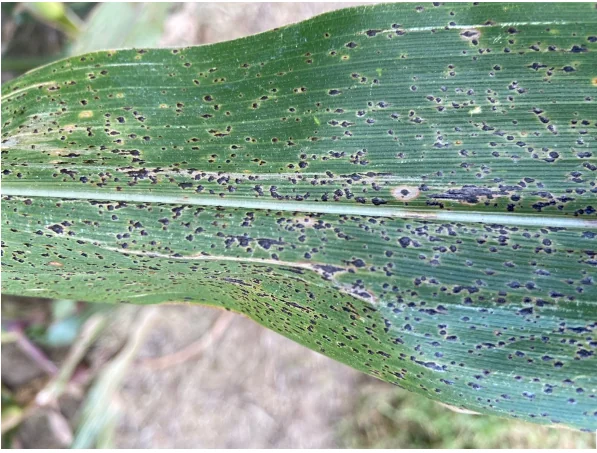
The disease can cut yields by 20-60 bu/acre, especially in humid conditions, by reducing the photosynthetic area. This leads to poor grain fill, kernel abortion and lighter kernel weight. Identifying fields hit hard by tar spot this past season can help you plan targeted management tactics now.
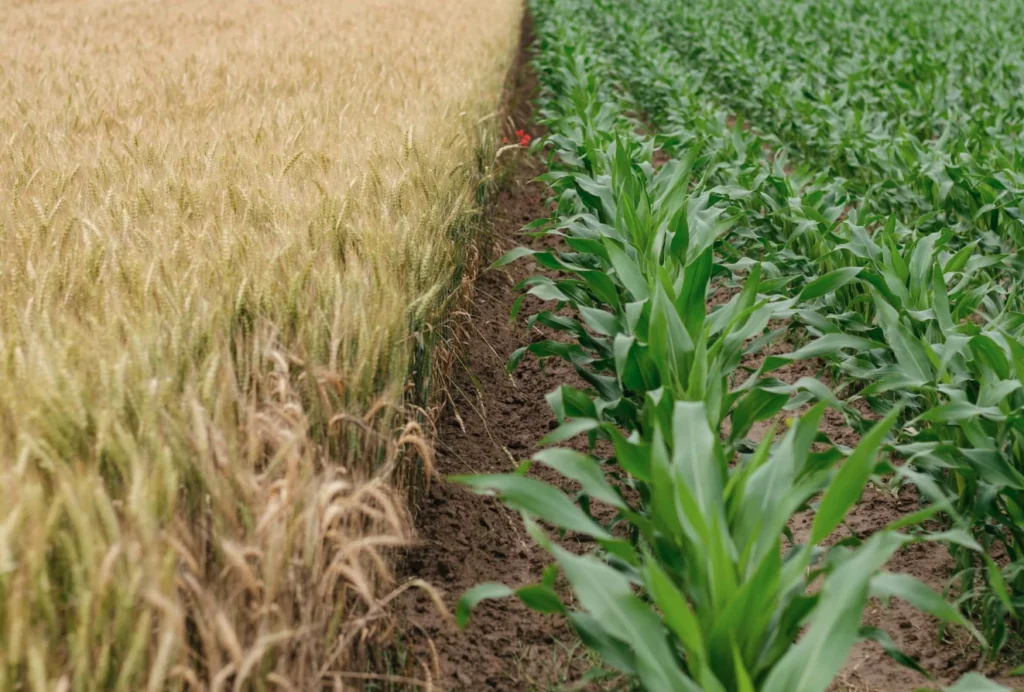
Since tar spot overwinters in crop debris, reducing residue is a powerful way to limit its spread. Consider these tips:
Not all corn hybrids are created equal when it comes to tar spot resistance. Use this off-season to evaluate which hybrids performed well in 2024 and consult your agronomist for recommendations. Selecting hybrids with proven tolerance to tar spot can make a significant difference in 2025.
Fungicides are a critical part of managing tar spot, but timing and selection matter. Use the off-season to refine your approach:
AI-powered tools like Taranis’ leaf-level insights are game-changers for tar spot management. These advanced technologies help you:
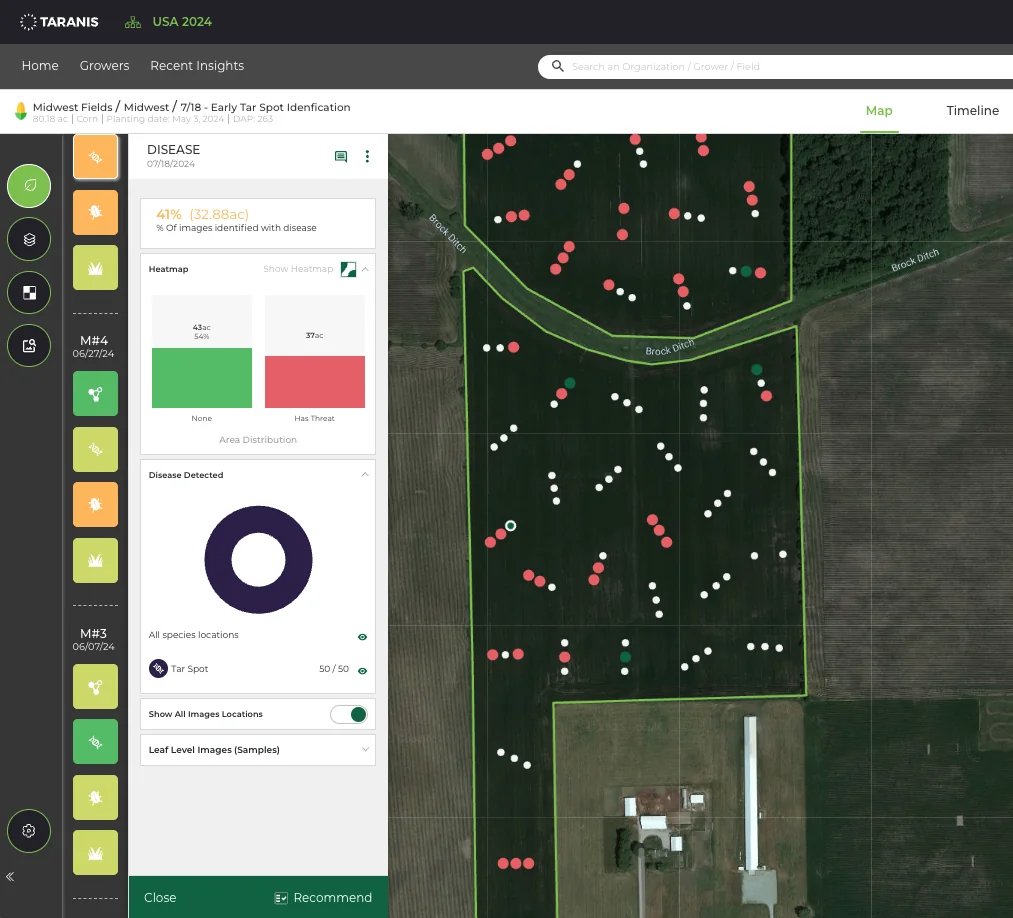
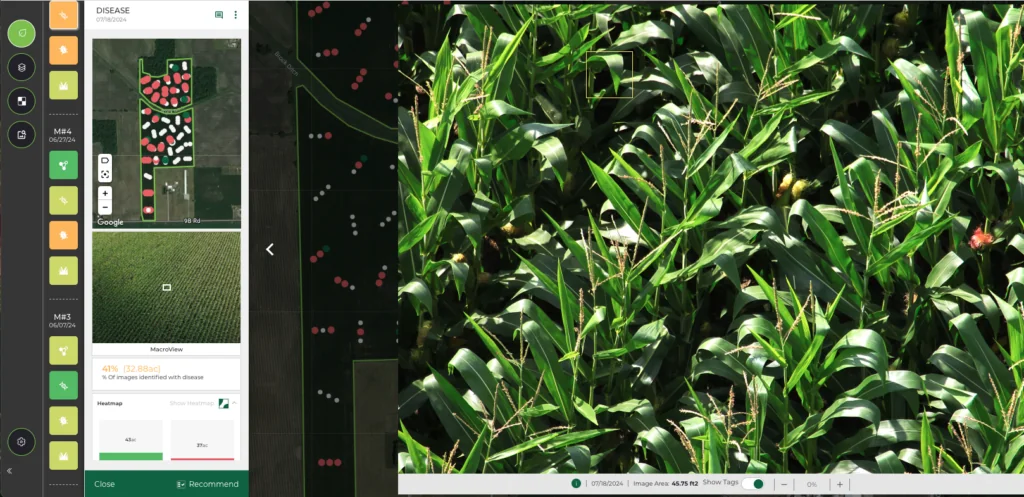
Early detection in action: Tar spot identified with precision—spotting what’s nearly impossible to catch with the naked eye
Your agronomist or retail advisor is a valuable ally in managing tar spot. They can provide localized insights, assist with hybrid selection, and help you fine-tune your fungicide strategy. Don’t hesitate to reach out and work together on a proactive plan.
Tar spot is a moving target, and staying informed is key. Follow updates from extension services, attend winter grower meetings, and use resources like Taranis’ crop intelligence tools to keep ahead of the curve.
At Taranis, we’re here to help growers take control of their fields. Our AI-powered insights deliver precision monitoring and actionable recommendations, so you can stop tar spot before it steals your yield. From pinpointing hotspots to recommending interventions, Taranis helps you tackle challenges with confidence.
Tar spot doesn’t take a winter vacation, and neither should your preparation. By understanding its lifecycle, cleaning up residue, and leveraging cutting-edge technology like Taranis, you can hit the ground running when the growing season begins. Start now, and make 2025 your best season yet.
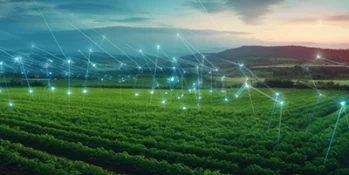
Artificial Intelligence (AI) swept the internet, news pages and airwaves. Here are the top five misnomers about AI in agriculture that we hear.

Cutting your technology spend when commodity prices are low may be a nail in the coffin for your crop’s yield potential and a forfeiture of the opportunity to save input costs with dialed-in, precise application.
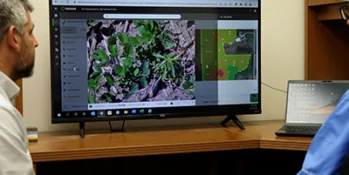
Starting a new lease off on the right foot is beneficial for both the landowner and farmer and can be achieved by aligning goals and establishing a transparent relationship built on honesty and trust.